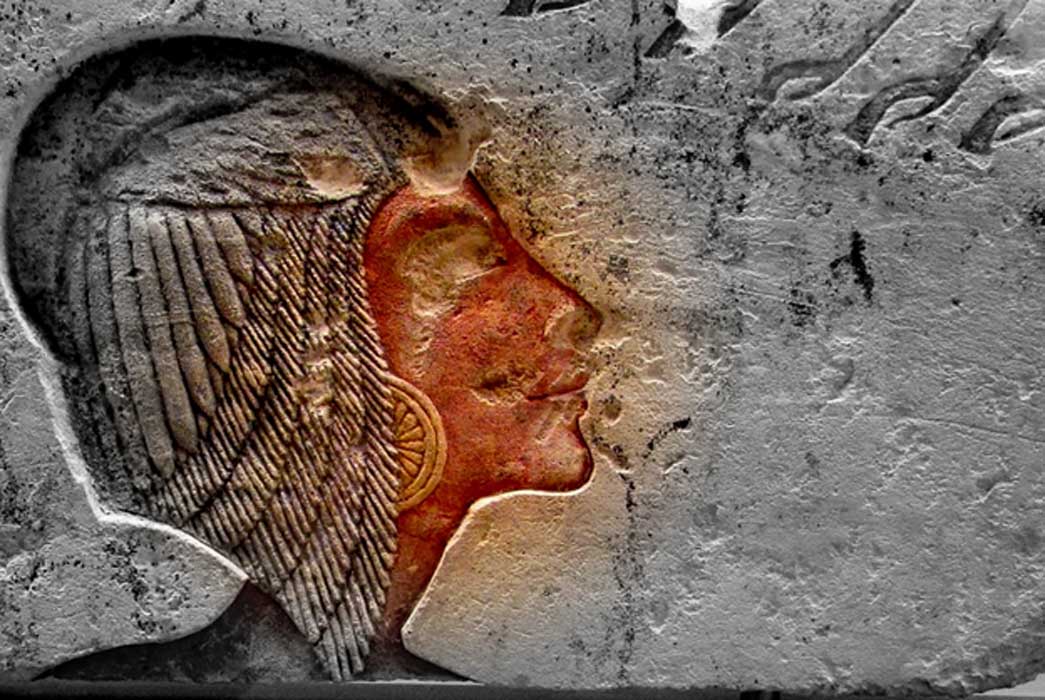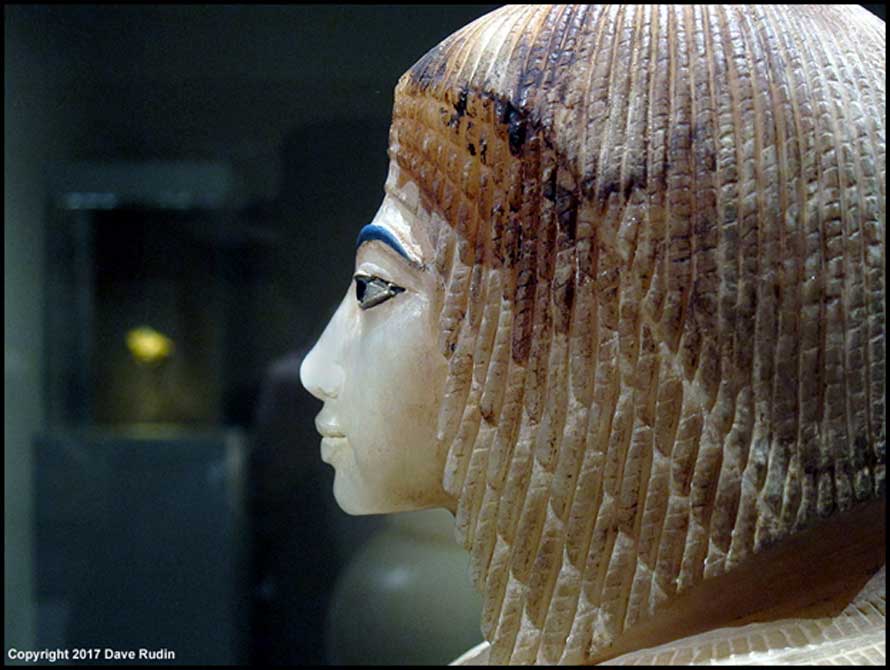
Quest for the Greatly Beloved Kiya: Eternal ‘Goodly Child of the Living Aten’—Part II
Not only does Akhenaten, the man and ruler, pose a conundrum to Egyptologists; but his entire family is shrouded in mystery too. Prime among them is Kiya, his obscure wife, who seems to have exercised considerable influence in the Amarna court; and yet, is little understood today. This is not merely the result of the damnatio memoriae inflicted upon the Amarna interlude by later pharaohs, but events in Akhenaten’s own time that led to the usurpation of Kiya’s monuments and appropriation of her funerary goods.

One of the four elegant canopic jar stoppers made of Egyptian alabaster that was discovered in a niche in Tomb 55. It represents a royal lady wearing the Nubian wig. The uraeus was snapped off and the inscriptions on the jar erased in antiquity, but experts reconstructed the name “Kiya”. Davis/Ayrton excavations, 1907. Metropolitan Museum of Art, New York.





